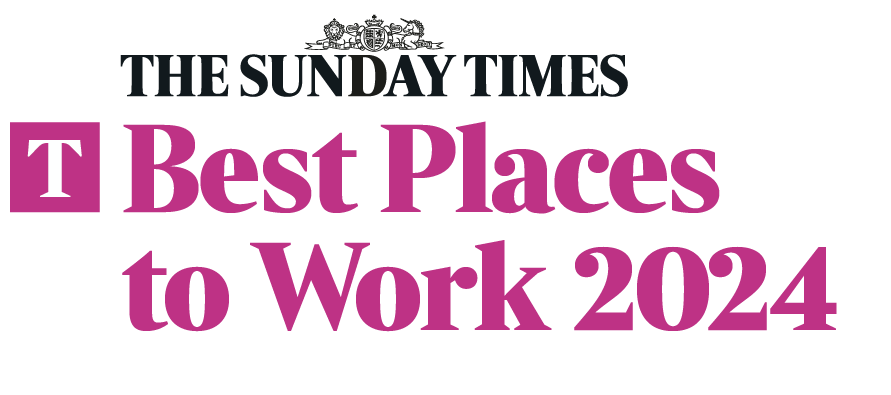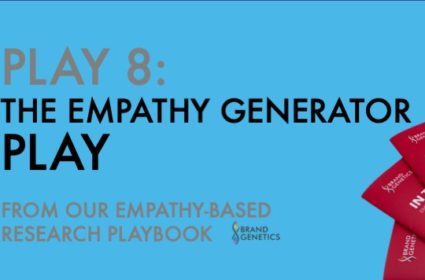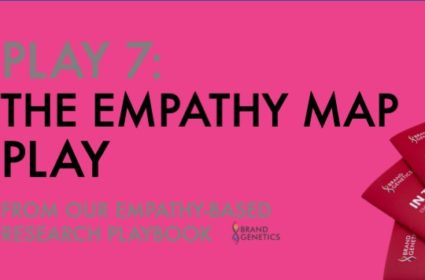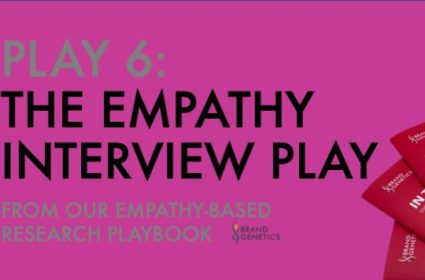How brands can build empathy by liberating qualitative research from qualitative researchers

How can brands build empathy, that is, a capacity for emotional insight? One option is to train your insights department in empathy-based research techniques (as described in our Empathy-based Research Playbook).
Another option is to turn your entire organisation into a field force of qualitative researchers charged with picking up insights into how it feels to be a customer or consumer. And the simplest way to do this is to write mandatory customer-contact time into the job description of all managers and employees.
This is the central message of a new article in the Harvard Business Review by Alessandro Di Fiore of the European Centre for Strategic Innovation (ECSI), and is a solution that has been adopted by Intuit, Arena and Davide Oldani’s Michelin-starred restaurant D’O in Milan
- At Arena, sales reps are trained as qualitative researchers and charged with feeding back qualitative insights into the business. This can add an extra 15 minutes to customer visits but can yield valuable insights. One such insight included the anxiety and problems that beginner swimmers experience with breathing whilst swimming, which led to a new product, the Freestyle Breather attachment for goggles to facilitate breathing.
- The company Intuit has “routinized” insight generation in the job descriptions of managers and employees. As part of their job, employees need to spend a few hours every month interacting with customers in order to glean qualitative insights. Although mandatory, this practice has become part of Intuit’s company culture.
- At Davide Oldani’s Michelin-starred restaurant D’O in Milan, the practice of waiting tables has been routinized in the job description of the cooks. In fact, there are no waiters, the cooks wait the tables and in doing so get qualitative insight into the experience of guests.
In essence, this approach to empathy-building is about liberating qualitative research from qualitative researchers. Whilst extracting quantitative insights from quantitative data may require technical expertise, we can all generate qualitative insights using universal human empathy – our ability to see and feel things from someone else’s perspective.
Powered by empathy and aided with smartphones for sound, images and video, brands can turn their entire organisation into a low-cost qualitative network of human ‘sensors’ that can provide rich and insightful qualitative data. For example, if a brand has 2,000 employees and each spends 2hrs per month exploring issues with customers, then the brand generates 4,000 hours of research every month – with external market research budget needed.
Of course, qual research requires training, and Di Fiore outlines a four-point process for upskilling employees to take on the responsibility of
- Identifying the employees who could best act as sensors for customer insights beyond the usual frontline employees.
- Designing methods, tools, and training for those employees to engage with customers and generate insights for your existing and new products as well as new business models.
- Developing a “customer insight generation process” for capturing, socializing, and reviewing these new customer insights – in other words, doing something with the data so it connects back to product innovation.
- Making customer engagement a company priority, by creating reasonable time and space in the job descriptions of the employees who will act as sensors.
So is this the future of qualitative research? Training employees to become qualitative researchers who are charged with generating insights that can either inform or illustrate quantitative research. Some companies are already doing this. It’s an interesting thought that qualitative research is too important to be left to qualitative researchers.




